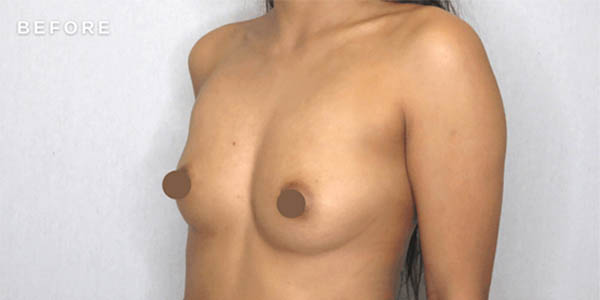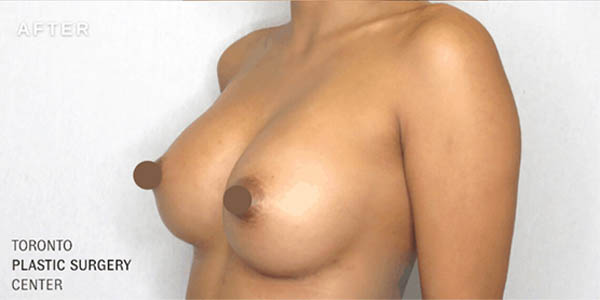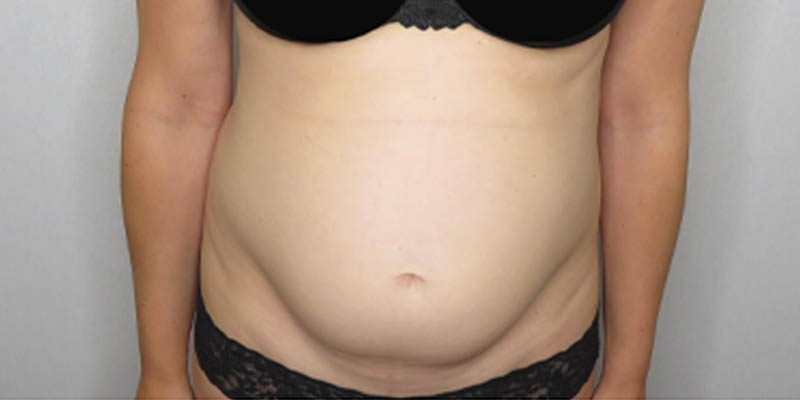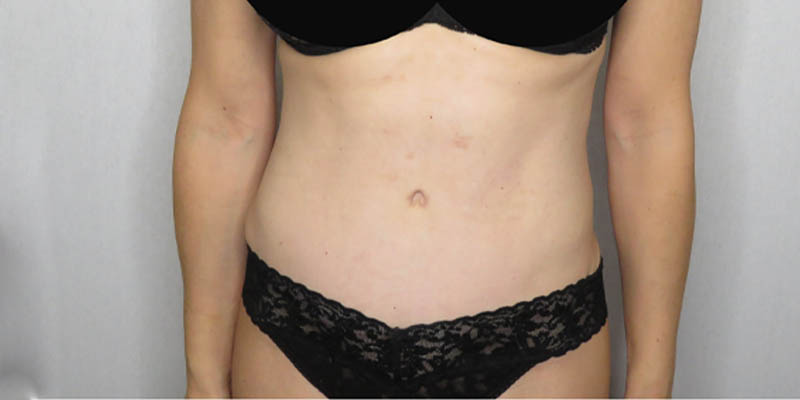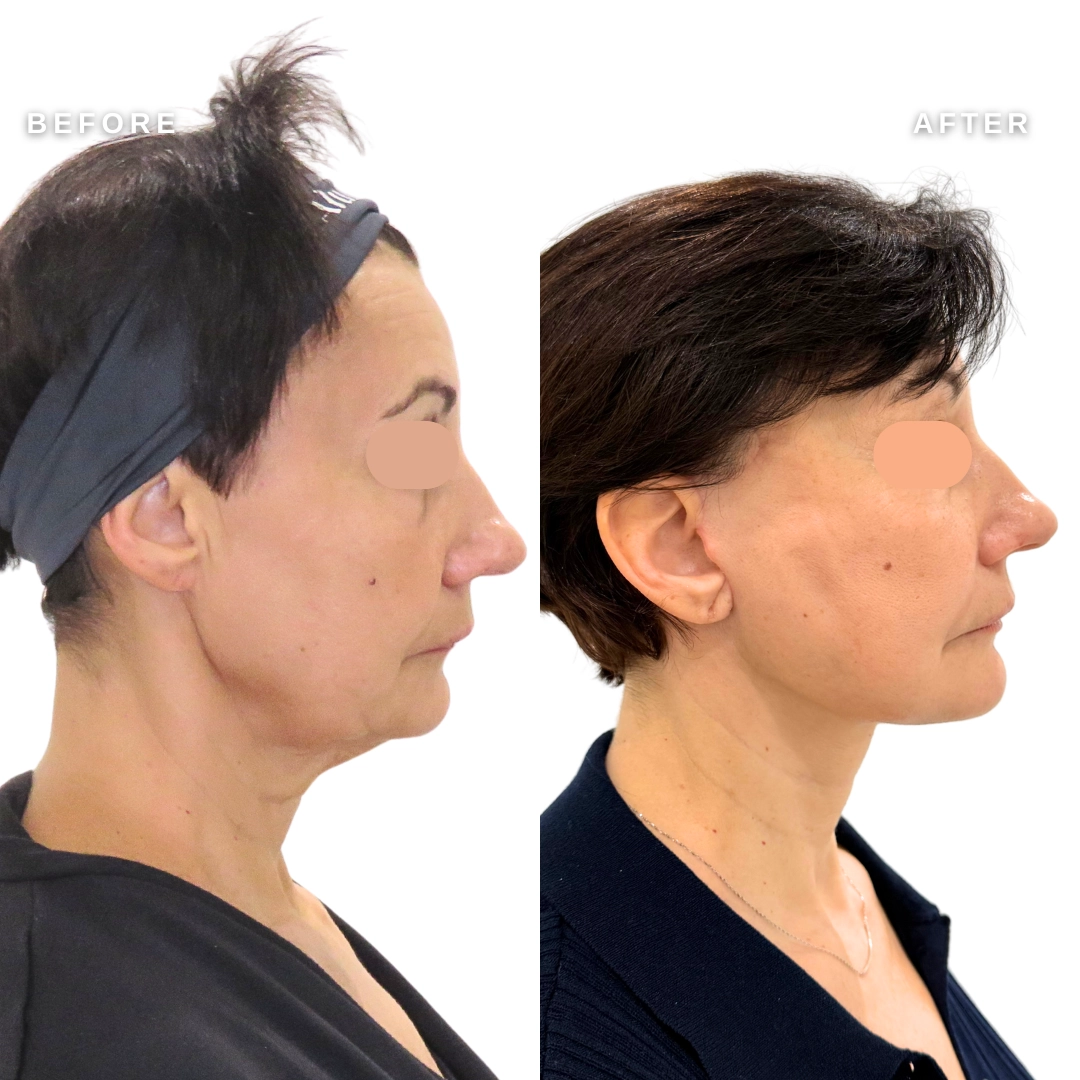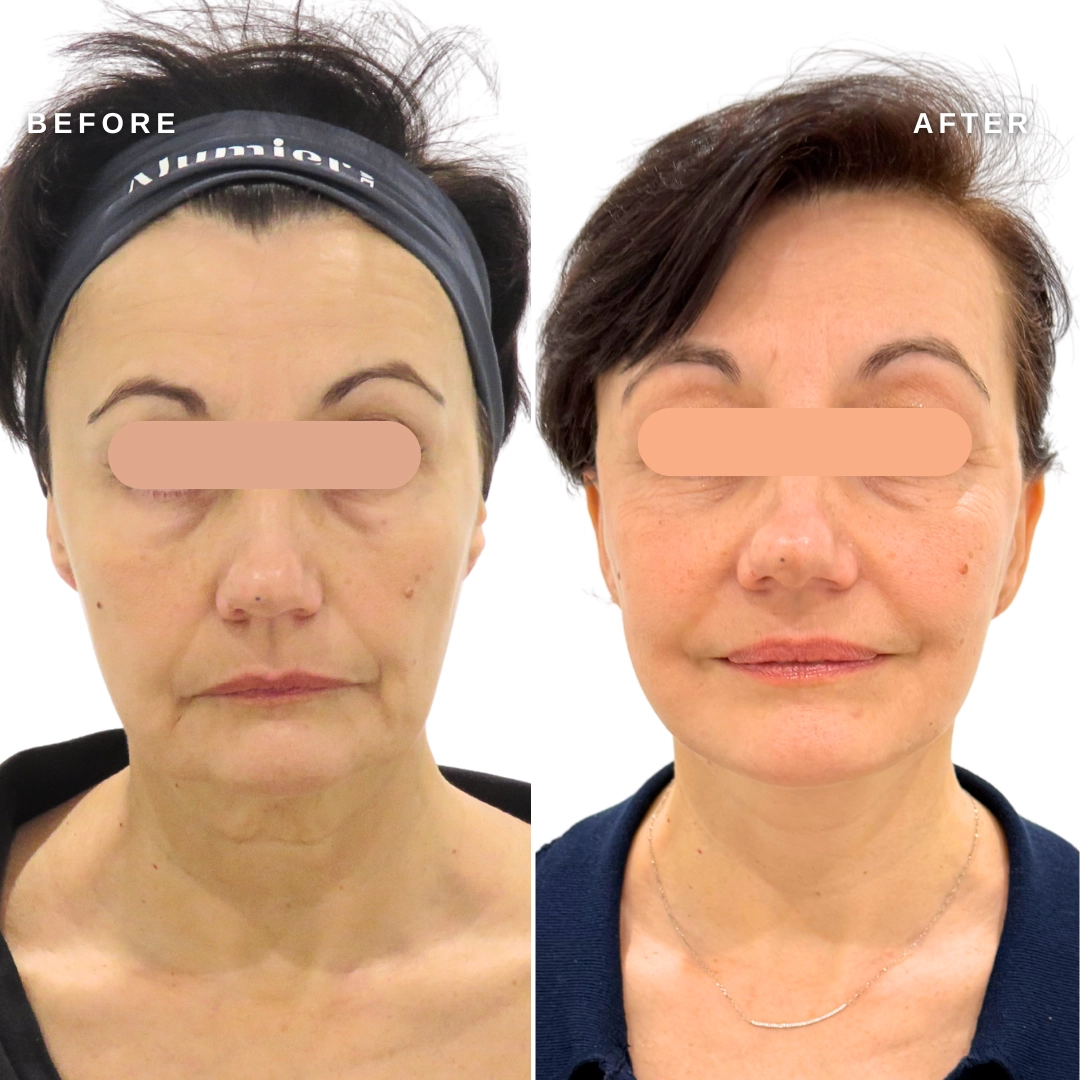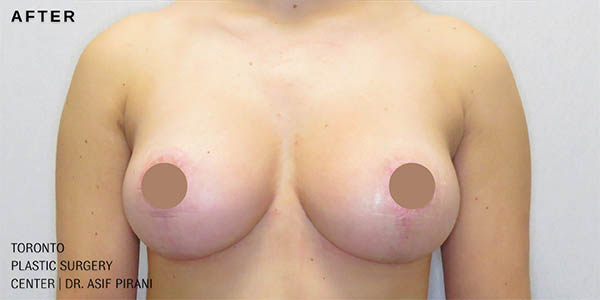- Body
- Breast
- Face
- Injectables
- BOTOX®, Dysport & Nuceiva
- Dermal Fillers
- Earlobe Filler
- Facial Slimming
- Gummy Smile Correction
- Hyaluronidase
- Hyperhidrosis
- Jawline Filler
- Lip Injections
- Non-Surgical Brow Lift
- Non-Surgical Double Chin Reduction
- Non-Surgical Facelift
- Non-Surgical Hand Rejuvenation
- Non-Surgical Nose Job
- Tear Trough Treatment
- Skin
- Male
- Gallery
- About
- Resources
- Contact
January 19, 2018
It is possible to breastfeed your baby after breast augmentation, but there are a lot of factors that go into consideration whilst you breastfeed. The type of implants you choose to have, to the placement and even how your breast augmentation surgery was done can all affect your breastfeeding options.
Worries of Chemicals and Breast Milk
Firstly, you should always keep your baby’s doctor abreast of your decision for breast augmentation, so that they can advise you of any changes you may need to make. As many of the breast implants these days are either saline or silicone, there is no danger posed to your baby while you breastfeed. The saline water can harmlessly mix with the breast milk and many healthcare providers state that there is no harm in breastfeeding after getting silicone implants. However, we strongly recommend checking in with your healthcare provider if you plant to breastfeed your baby after getting breast augmentation.
Are There Any Breastfeeding Problems that Can Arise after Breast Augmentation
When performed by an unqualified doctor, breastfeeding problems may arise due to damaged nerves, milk glands and milk ducts. Damaged nerves can lead to less sensation in your nipple area which could affect your milk flow. Implants also could pinch your milk ducts, impeding the milk flow and swelling up your breasts. However, when performed by an experienced doctor like Dr. Pirani, all complications should be minimal.
Can Different Breast Implant Surgeries Affect Breastfeeding?
Certain factors can affect breastfeeding.
- Incisions made during surgery: Incisions made under the breast and near your armpits are less likely to damage nerves or any milk glands and milk ducts. Incisions made either across or around your nipple can cause nerve damage, which could affect milk flow, and in turn affect breastfeeding.
- Implant Placements: Implants which are placed between your chest and breast tissue, or under the chest muscle, cause minimal damage. This implant placement does not damage your milk ducts or nerves, and these placements also prevent any leakage of saline or silicone into the breast milk. Implants placed under the glandular tissue, or over the chest tissue could cause issues with your milk flow and milk production.
How Can You Know If You Can Breastfeed After Surgery
There is no sure way of knowing until you try nursing your baby. It is a good sign if you have sensation in your nipples, as that indicates that your nerves or milk ducts weren’t damaged during the procedure. This means that you have high chances of having good milk production.
However, if you are not producing enough milk, you may need to supplement with either donor milk or formula. You can also try using a breast pump to stimulate your breasts into producing more milk.
As with anything related to your baby and your body, you should always consult with your healthcare provider and your baby’s doctor to keep them apprised of your decision to have breast augmentation and possible issues that may arise post surgery in regards to your baby.

